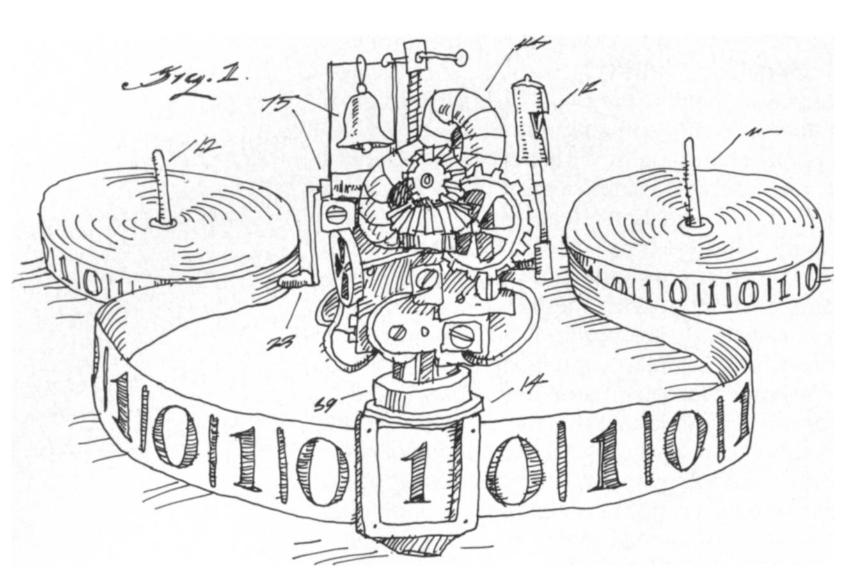Suppose I tell you that only 1% of people with COVID have a body temperature less than 97°. If you take someone’s temperature and measure less than 97°, what is the probability that they have COVID? If your answer is 1% you have committed the conditional probability fallacy and you have essentially done what researchers do whenever they use p-values. In reality, these inverse probabilities (i.e., probability of having COVID if you have low temperature and probability of low temperature if you have COVID) are not the same.
To put it plain and simple: in practically every situation that people use statistical significance, they commit the conditional probability fallacy.
When I first realized this it hit me like a ton of bricks. P-value testing is everywhere in research; it’s hard to find a paper without it. I knew of many criticisms of using p-values, but this problem was far more serious than anything I had heard of. The issue is not that people misuse or misinterpret p-values. It’s something deeper that strikes at the core of p-value hypothesis testing.
This flaw has been raised in the literature over and over again. But most researchers just don’t seem to know about it. I find it astonishing that a rationally flawed method continues to dominate science, medicine, and other disciplines that pride themselves in championing reason and rationality.
Continue reading “There Is a Fundamental Flaw in How We Do Statistics in Science”

